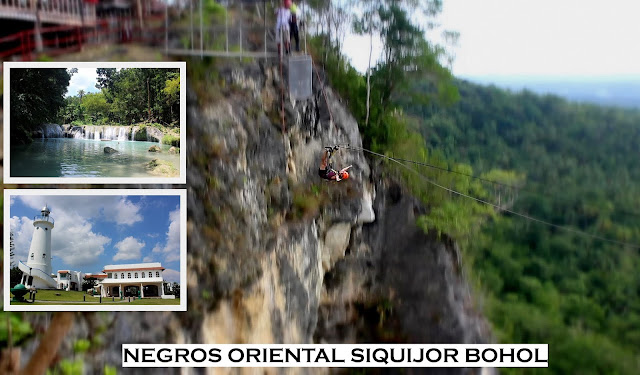
TOTAL EXPENSES: 11,015.84 PESOS
EXPENSES WITHOUT AIRFARE: 9,175.4 PESOS
Flights via Cebu Pacific: MNL-DGT - 627.84 Pesos. TAG-MNL: 1,212.60 Pesos


Pinagrealan Cave or Kweba ng Pinagrealan ay unang tinawag na "Kweba ng Minuyan" na matatagpuan sa paanan ng bundok ng Sierra Madre sakop ng Bayan ng Norzagaray. Ito ay ginawang kampamento ng mga rebolusyonaryong Pilipino sa pangunguna ni Heneral Sinforoso del Cruz. Ito ay naging pangunahing kuta at tanggulan ng mga manghihimagsik nang taong 1896-1897.

Barasoain Church is also known as Our Lady of Mt. Carmel Parish, a Roman Catholic church built in 1630 in Malolos City, Bulacan. From Bulacan Provincial Capitol, we rode in a tricycle to and alighted in front of the church. It was early in the morning so we had time to take photos without people in the background. Disadvantage? The church was open but the museum was closed. I was stunned by its structure, thus, standing in front of the facade was remarkable.

The Malolos Cathedral is one of the historical churches in the Philippines, located in the city, Bulacan. The construction of this church started in 1814 and was finished in 1817, under Fray. Melchor Fernández. Like most of the century-old churches in the country, this Cathedral was severely damaged by earthquakes. Today, it is the seat of the Diocese of Malolos and has been the bastion of faith for the past centuries.



It is one of the old churches located in Bulacan which is a 19th-century Neo-Byzantine-Romanesque stone church. It was declared as Marked Historical Structure of the Philippines in 2007. During Holy Week or the Lenten season, this church is the center of a famous presentation, locally called as "Dakip," a Filipino word that means to arrest or to abduct. It is a play that portrays how Jesus Christ was captured before the crucifixion.